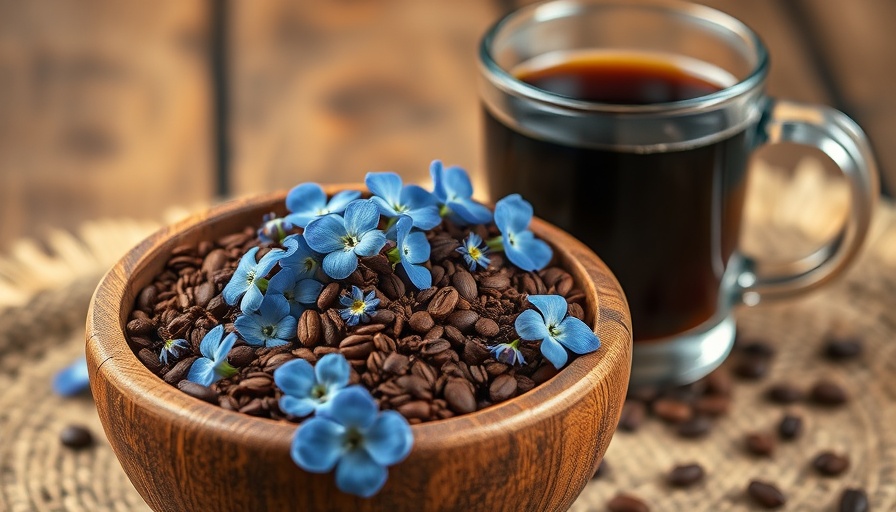
If You Love Coffee, You’ll Want to Know About Chicory
Café Du Monde’s famed chicory coffee has long been cherished for its rich, nutty flavor, reminiscent of traditional coffee but with a unique twist. What if you could replicate that beloved taste right in your own home? Enter homegrown chicory—a rewarding and eco-friendly alternative that can elevate your morning brew to new heights. This guide will delve into the advantages and joys of incorporating chicory coffee into your daily routine, while also celebrating its deep-rooted history and health benefits.
A Flavorful History: Chicory’s Journey to Popularity
Dating back to the early 1800s, the use of chicory as a coffee substitute began in France and quickly made its way across the ocean to New Orleans. During times of coffee shortages, grounded chicory offered those craving their morning caffeine fix a delightful alternative. At iconic locations like Café Du Monde, this blend became a symbol of resilience and culinary creativity. The vibrant blue flowers of the chicory plant are not only lovely but also signal a versatile crop that thrives in various conditions. Imagine the satisfaction of brewing a cup of chicory coffee made from your very own garden!
Why Grow Chicory: The Garden-to-Cup Experience
Growing chicory in your garden is more than just a noble endeavor; it’s a journey of self-sufficiency and sustainability. Chicory roots can be harvested and roasted at home, providing a fresh, flavorful alternative to store-bought coffee. By embarking on this gardening adventure, you not only save money but also reduce your environmental footprint—fostering both personal and ecological well-being. All you need is some sun, well-drained soil, and a cool climate to get started!
Nutritional Benefits: Why Chicory Is More Than a Coffee Substitute
Chicory is not only about flavor; it’s packed with nutritional goodies. It’s rich in inulin, a type of fiber that aids digestion and promotes gut health. Additionally, chicory contains minerals like manganese and potassium, which play crucial roles in blood sugar control and heart health. Incorporating this beneficial plant into your coffee routine means adding natural antioxidants, fiber, and vitamins that contribute to a healthier lifestyle—turning your daily ritual into an opportunity for wellness.
Step-by-Step: How to Prepare Chicory Coffee at Home
Ready to get started on your chicory coffee journey? Here’s a simple guide for turning those chicory roots into a delicious brew:
- Harvest the Roots: After allowing your chicory plants to mature, dig up the roots carefully.
- Wash and Dry: Clean the roots thoroughly and let them dry out completely.
- Roast: Slice the roots into smaller pieces and roast them in an oven at 350°F for 30-40 minutes until they become a rich, dark brown.
- Grind: Once cooled, grind the roasted roots into a fine powder that can be brewed just like traditional coffee.
- Brew: Use your favorite brewing method—whether it's a drip coffee maker, French press, or pour-over—and enjoy your homemade chicory coffee!
Final Thoughts: Embrace the Chicory Revolution
Café Du Monde’s chicory coffee is a beloved tradition, but you don’t have to travel to New Orleans to savor its rich flavors. By growing and brewing chicory at home, you tap into a world of flavor and wellness that’s as sustainable as it is delicious. Plus, there’s something uniquely satisfying about savoring coffee crafted from your own garden. So, are you ready to cultivate your chicory coffee experience? Grab some seeds and start your garden today!
For those interested in home gardening, crafting your own chicory coffee is not just a trend but a movement towards personalization and sustainable living. Dive into this experience and explore how a simple plant can enrich your life, your taste buds, and your health.
 Add Row
Add Row  Add
Add 




Write A Comment